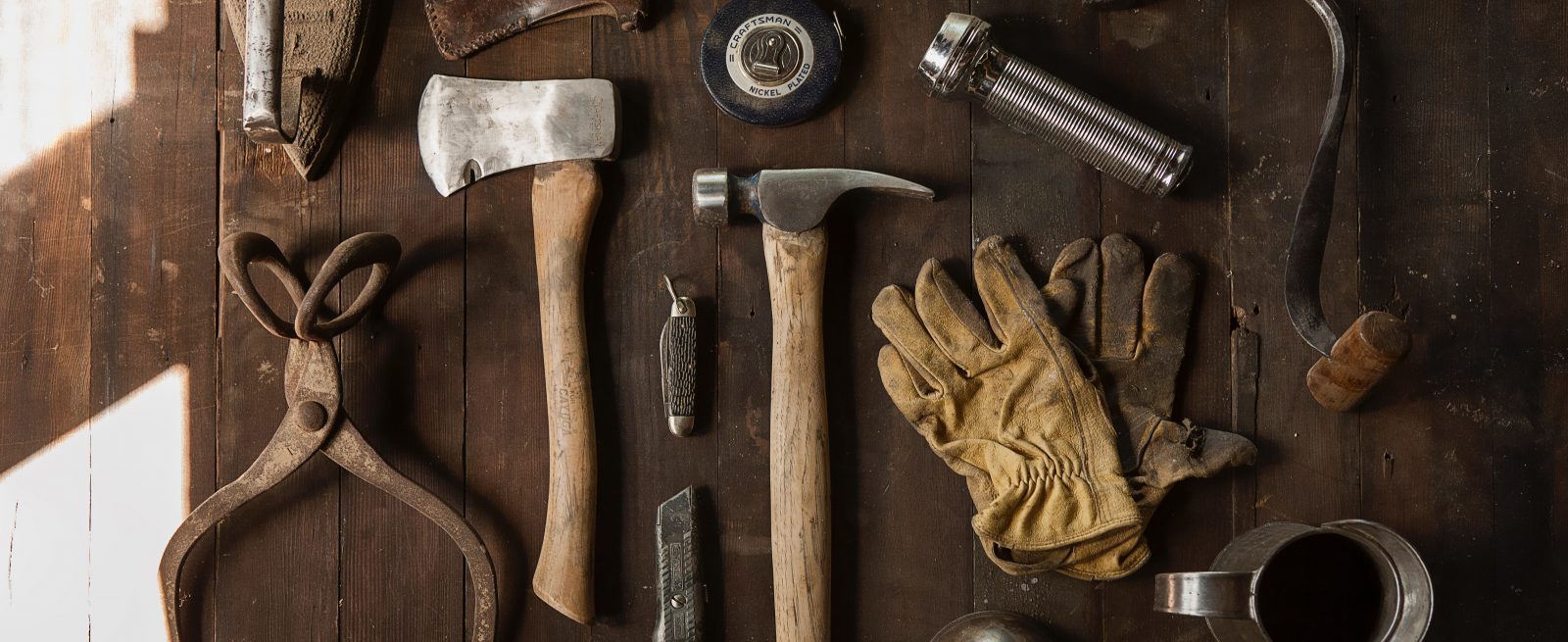Strategies to Optimize Your Restaurant Repair and Maintenance Spend
3 Min Read By Tom Buiocchi
Do you know just how much businesses are spending on repair and maintenance? Among the two million-plus multi-site U.S. businesses that require repair and maintenance work, total spend is about $100 billion each year. That’s a lot of money, and, unfortunately, it’s spent fairly inefficiently across the board—estimates place unnecessary repair and maintenance spend throughout the country at more than $20 billion.
Now, what if you could reclaim your piece of that $20+ billion? The key is to improve repair and maintenance efficiency and ultimately reduce spend – while not sacrificing quality or customer experience. For the restaurant industry, reducing repair and maintenance spend is especially vital, since less resources devoted to facilities management means more can be devoted to the most important aspect of your business — creating excellent customer experiences.
Restaurants need the right strategy in place to successfully reduce facilities management (FM) costs. I’ve highlighted a few specific tactics restaurant managers can use to recapture wasted repair and maintenance spend below:
Track Assets Carefully
Restaurants not only have to manage the upkeep of standard commercial business equipment like light fixtures, floors, roofs, and HVAC units, but they’re also tasked with keeping vital kitchen equipment like walk-in freezers, refrigerators, and ovens functioning optimally. Some of these kitchen assets can add complexity to your repair and maintenance processes; for example, you have to make sure refrigerators always meet EPA compliance standards and you submit your EPA-required leak record requests.
Tracking the warranties, statuses, and work histories of each restaurant asset accurately — especially complex ones like refrigerators—is vital to keeping your repair and maintenance spend low. The more data you have, the better you can plan your spend strategically.
Say one of your refrigerators is beginning to leak. Looking at historical refrigerator repair information, you realize you’ve had to service this specific fridge three times in the last two years. With this in mind, you can make the data-backed decision to order a replacement fridge because that will save you repair and maintenance dollars in the long run.
Prioritize Preventive Maintenance
Planned maintenance is work done regularly to prevent complete breakdowns and keep equipment in optimal health. With properly managed planned maintenance, you reduce the chances of complete equipment failure, which is often extremely expensive. It is much more cost-effective to perform minor maintenance over time, rather than to pay for full equipment repair or replacements when failures occur.
In order to limit the disruption to diners, planned maintenance should be scheduled strategically to avoid peak business hours. This may be during less busy months or a time when that specific piece of equipment is not needed. For example, planned air conditioning maintenance can be scheduled for winter months when it’s not typically used, making sure the work doesn’t affect your customer experience.
Utilize Modern FM Data Analytics
As discussed above, restaurants have a lot of complex assets to keep track of, especially if you have multiple locations. While data analytics are a key tool for any business looking to reduce repair and maintenance spend, it’s even more important for restaurants. With all the repair and maintenance work needed to keep up with this equipment, it’s easy for costs to pile up.
Take advantage of an analytics solution to evaluate all of your spend data. With data insights, managers can easily pick out trends, create goals, and forecast future FM spend. Most importantly, use analytics to identify where you’re spending unnecessarily.
Identifying extraneous FM spend gives you an opportunity to make repair and maintenance strategy changes that improve efficiency. Successful cost-saving strategies often include changing which service providers you’re using to those with less expensive rates, scheduling more planned maintenance to reduce total repair costs, and replacing assets that are inefficiently eating up spend, typically for more fuel-efficient versions.
Automate Contractor Invoicing Processes
Historically, many restaurants have done invoicing for repair and maintenance work manually. Not only is this method inefficient, but it also leaves the door wide open for human errors and high processing costs.
Automating your invoicing processes is another strategy to reduce your overall FM spend. Automatic invoices can be grouped, scheduled, and sent directly to service providers, reducing accounting errors, mitigating processing costs, and improving efficiency.
Final Thoughts
Leveraging these cost-reducing strategies is proven to be effective; one major restaurant chain reduced their invoice costs by 12 percent, saved $1.7 million, and showed ROI in less than two months using many of these tactics.
In addition to implementing new strategies and solutions, an important component of reducing repair and maintenance spend is updating your reactive workflow. This means looking at the ways your restaurant currently works through repair and maintenance challenges – for example, what happens when a facilities management issue arises? Who handles it? How are you currently hiring contractors? Who is involved in cost decisions? – and optimizing them to fit your new cost-savings strategies.
What strategies has your restaurant used to reduce FM costs?


